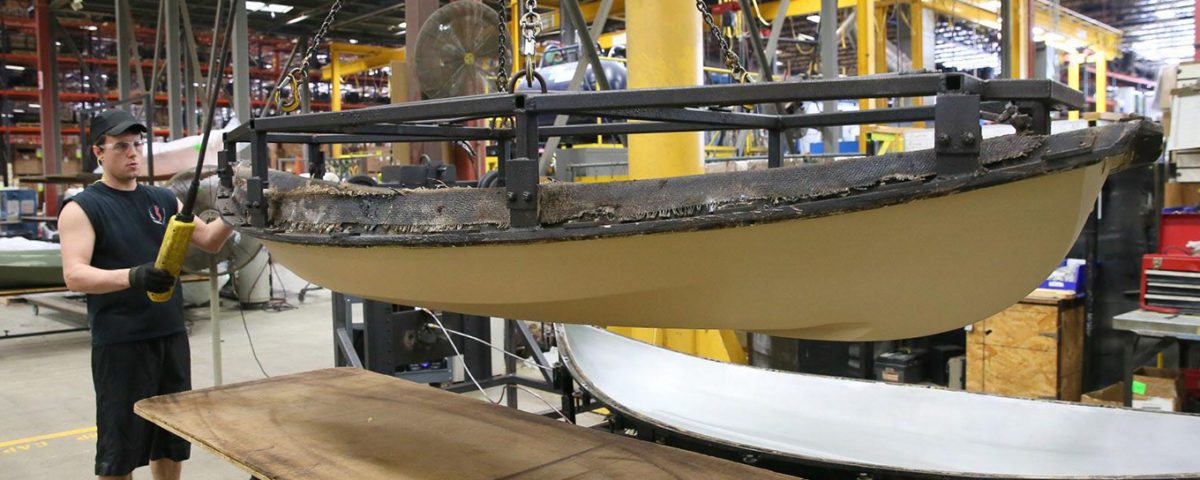Rotational molding is a process that deals with materials that are in a solid state at a room temperature but can quickly transform into liquid with a moderate degree of heat. This article explains the rotational molding techniques and process in detail.
Concept
Usually, if a part is a hollow plastic part, it is eligible to be used in rotomolding. The process is ideal for complex shapes that hold liquids like water barrels and gas cans or playground equipment where double walled and soft curves form both shield and structurally support the children while playing. In order to test the same, the experts derive the part with the help of 2d or 3d sketches. While this may act as a communicative bridge between the engineers and consumers for aesthetics and also highlights what is physically possible.

Design
The engineers will then come up with a CAD model from the concept sketches. They will determine the parting lines from the 3D model. This is where two or more parts of the mold tool will be joined together. Parting lines are essential as they determine the complex nature of the tool and the placements of undercut and draft angles. There will be the presence of a small blemish line on the external surface of the final plastic components as well where the parting lines will trace the surface. The design engineers will also ascertain the specific material to be used in this step. The strength properties of the material will determine the requirements for the shape, meaning the amount of support needed at various steps, while the thermal features determine the size, meaning the behavior of the material when heated.
Tooling
One very advantage of this process is that the tooling is quite cost effective when compared to other kinds of molding. As this process needs low pressure, the tools required just set the shape of the part and don’t need much when it comes to the strength. Mostly aluminum is used for the rotomolding tooling, but large simple components can even use steel sheet metal weldments. One disadvantage here is that a component ideal for rotomolding when it comes to huge and hollow complex geometry lacks a cheap option when it comes to prototyping.

Production start up
Before you begin, you need to calculate the surface area of the finished part, the desired wall thickness etc. You may always find uneven material that has been collected because of the process. This is where experience and experiment come to the rescue.
